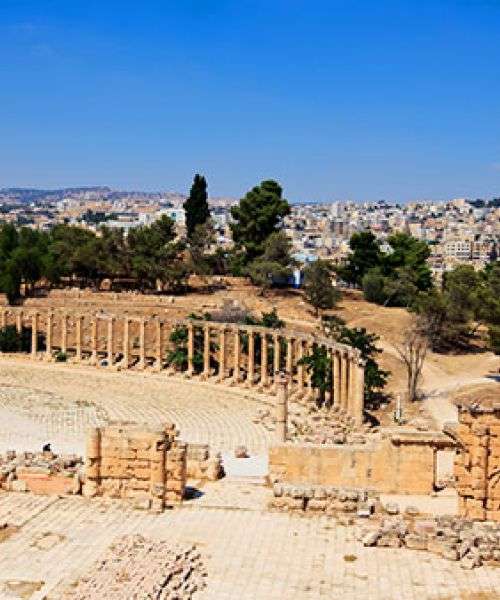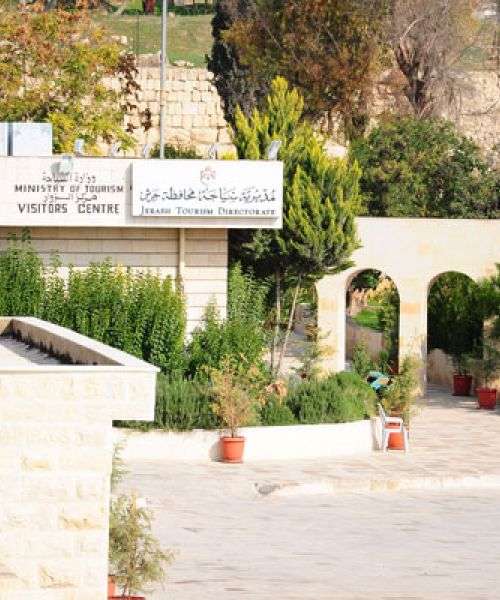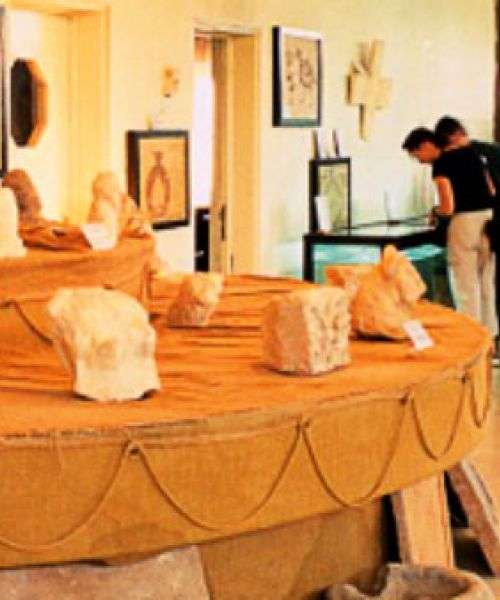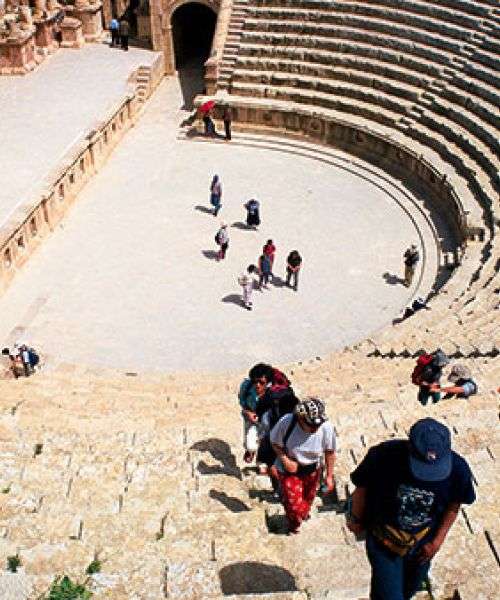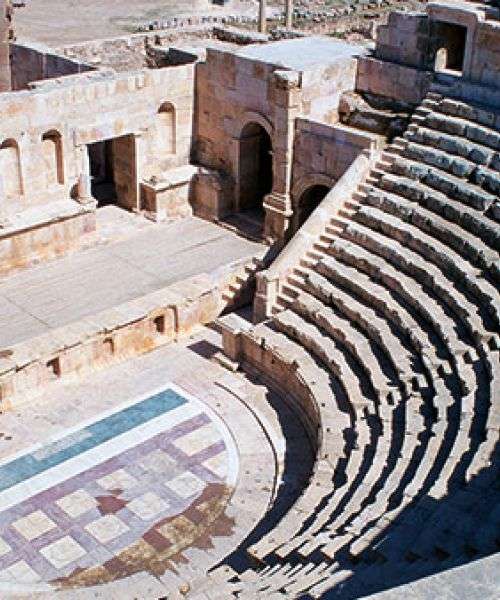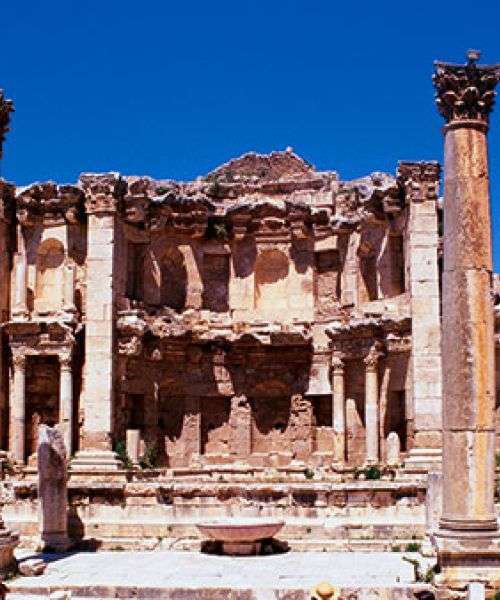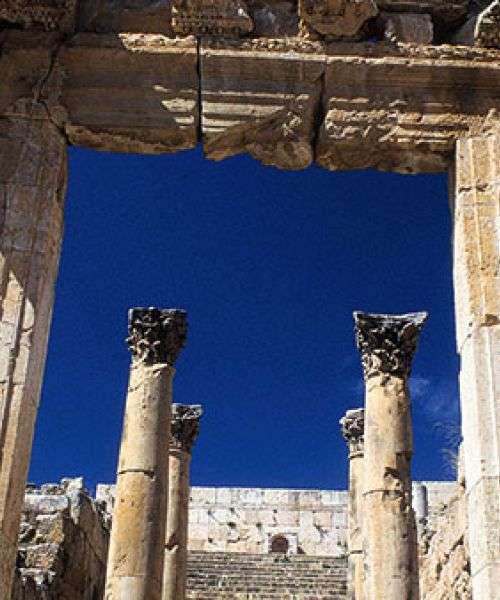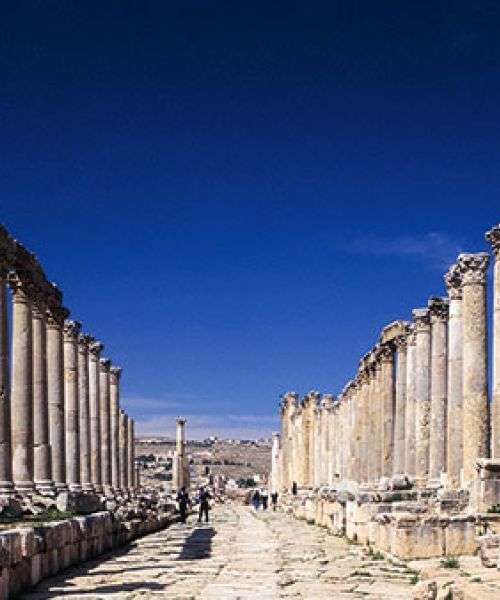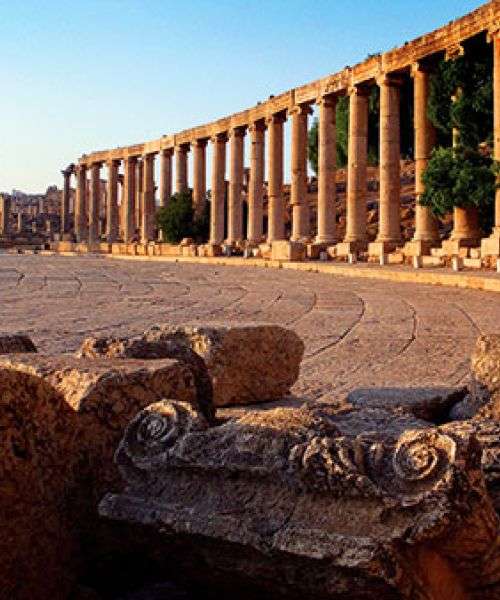The Graeco-Roman world
Jerash is renowned for the impressive ruins of the ancient Greco-Roman city of Gerasa, also known as Antioch on the Golden River. Often called the “Pompeii of the Middle East,” Jerash’s vast size, extensive excavations, and remarkable preservation make it a standout in ancient history (though it was never buried by a volcano).
Considered one of the best-preserved Roman cities in the Near East, Jerash was part of the Decapolis. Recent excavations reveal that the site was inhabited as early as the Bronze Age (3200 BC – 1200 BC). After the Roman conquest in 63 BC, Jerash became part of the Roman province of Syria, later joining the cities of the Decapolis.
Jerash remains a testament to the grandeur of ancient Roman civilization.
Jerash also preserves a subtle blend of east and west
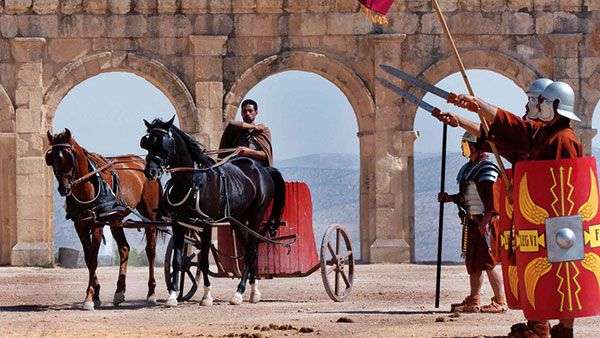
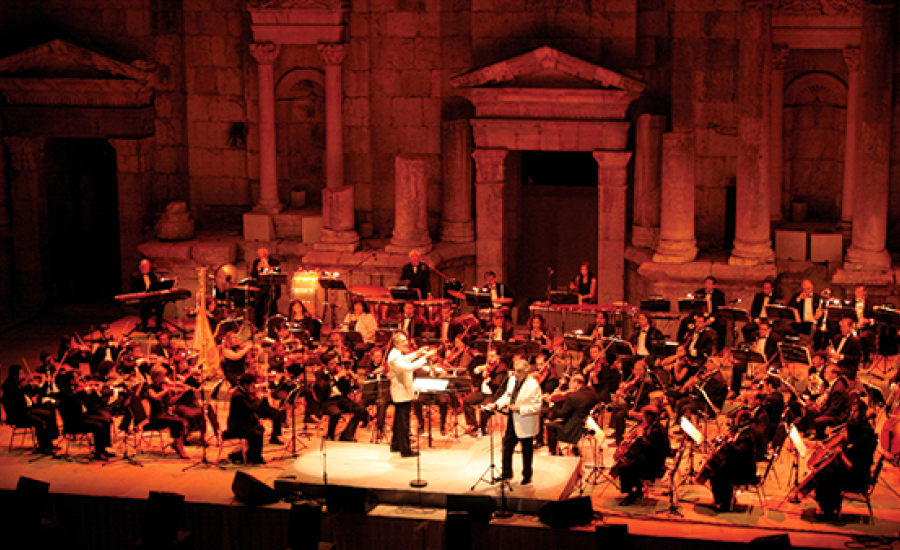
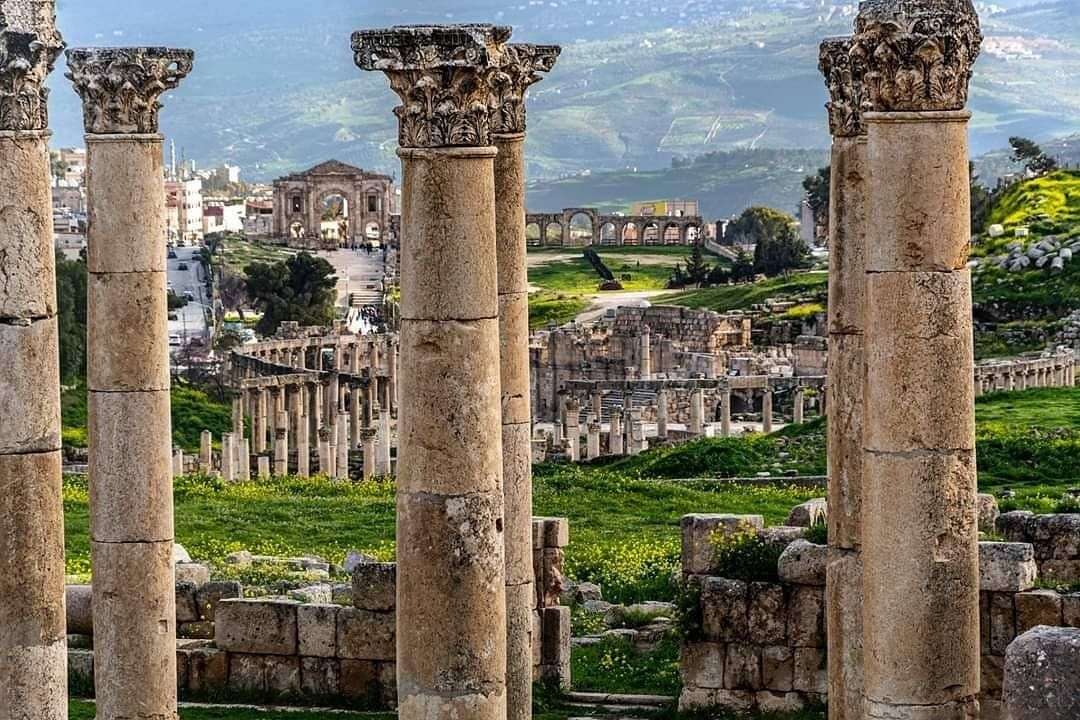
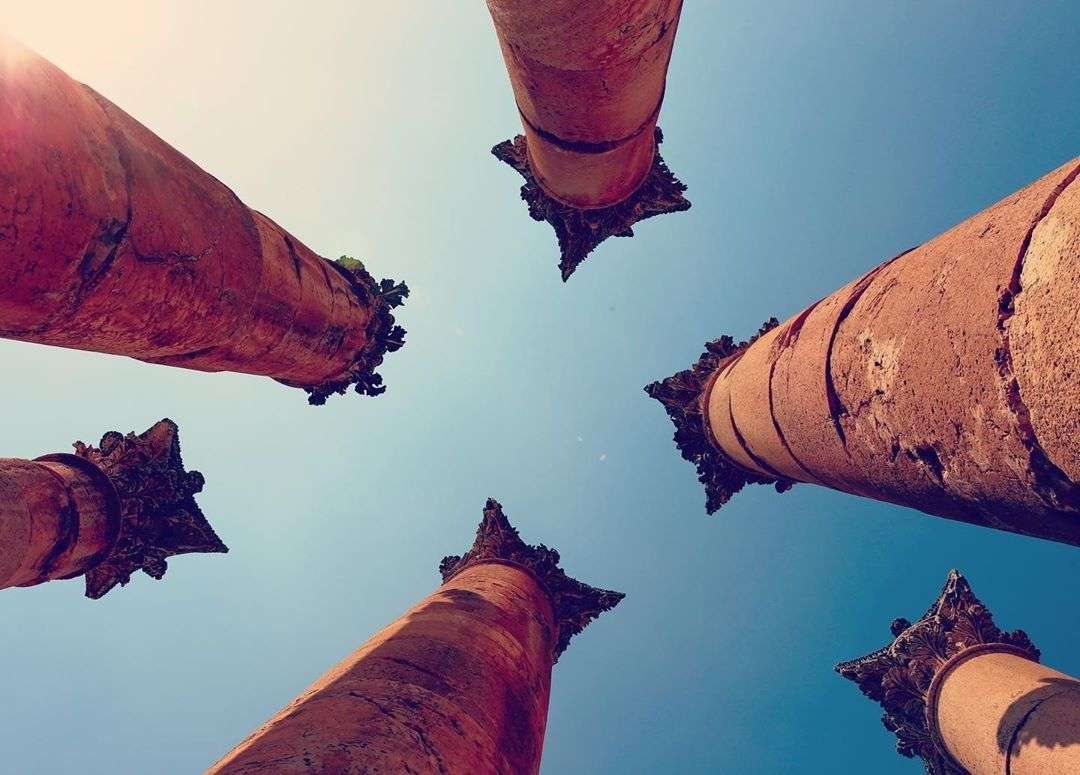
Jerash Archaeological City
In AD 90, Jerash was incorporated into the Roman province of Arabia, which included the city of Philadelphia (modern-day Amman). This annexation brought security and peace, allowing the city’s inhabitants to focus on economic growth and foster civic development.
By the latter half of the 1st century AD, Jerash was thriving, with significant prosperity driven by the construction of Roman roads under Emperor Trajan in AD 106, which boosted trade in the region. Emperor Hadrian visited Jerash in AD 129-130, and to honor his visit, the iconic Triumphal Arch (or Arch of Hadrian) was built.
A remarkable Latin inscription on the arch records a religious dedication from members of the emperor’s mounted bodyguard who spent the winter in Jerash, cementing the city's place in Roman history.
Hidden for centuries in sand before being excavated
A close second to Petra on Jordan’s list of must-visit destinations, the ancient city of Jerash boasts an unbroken history of human occupation for over 6,500 years. Located just 45 km north of Amman, Jerash has been settled since Neolithic times due to its abundant water sources.
Jerash reached its golden age under Roman rule and is now recognized as one of the best-preserved Roman provincial towns in the world. Once part of the Decapolis, the ancient city of Gerasa has been hidden beneath sand for centuries before being uncovered and restored over the past 70 years.
The site showcases a stunning example of Roman urbanism, with paved streets, colonnades, soaring hilltop temples, grand theatres, and expansive public squares, baths, fountains, and fortified city walls. Beneath its Graeco-Roman exterior, Jerash blends Eastern and Western influences, with architecture, religion, and language reflecting the fusion of Mediterranean and Arab Orient cultures.
Jerash remains a remarkable testament to ancient history and the blending of civilizations.


